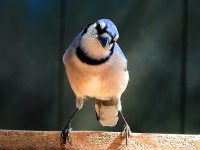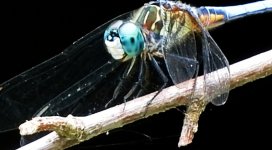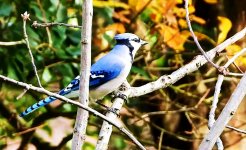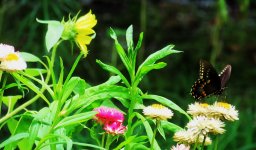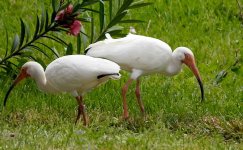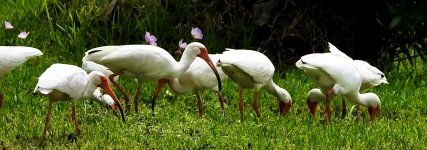Good morning all, I'm an Adobe user / subscriber so, use Lightroom / Photoshop as required, I also have Topaz DeNoise as a Filter in PS.
I'm really not a heavy user of all the elements of either of the Adobe tools, rather I find what I need, when I need it. This morning I wanted to create a split pano image so, Google, PS and done! Not something I'll want to use very often.
I shoot RAW only.
I import my images to LR (cloud) it's the way forward and keeps my Mac cleaner but, I'm also very aware of concerns over sharing etc. I'm a software trainer and have spent the last few years convincing unbelievers

of the benefits of cloud storage and related tools, where applicable but, horse for courses.

I'll have a first sift through in LR, getting rid of the obvious rubbish, even if it's the only record I have, just me being picky maybe? I deleted four shots of a Sparrow hawk this morning, should have been really good, but, through glass and blurry.
When I'm ready to do more with my collection, I then tend to sift once again, looking in more detail before I start any editing. My idea of editing is making the image fit for sharing, in my opinion; in focus, clear but as true to the origin al occurrence as possible. Sorry, but I detest those over-egged images that the media seem to love.
My flow from there is generally a crop, my centring and levelling in camera is terrible, maybe one eye is higher than the other? I check levels for blowout, I tend to underexpose anyway, resize as required, some sites ask for much smaller images but, I tend to work to 3000 x on the long side.
I save my jpegs locally to a 1Tb drive and back up to Flickr as and when.
I've been having a huge clear out of my LR imports recently and one editing foible I seem to have is revisiting older shots, loving them and bringing them to life. I often find todays shots get sifted, deleted and left ........
Having recently semi-retired, I am loving the time to do all this sifting, clearing, editing and sharing. 🏴👋







